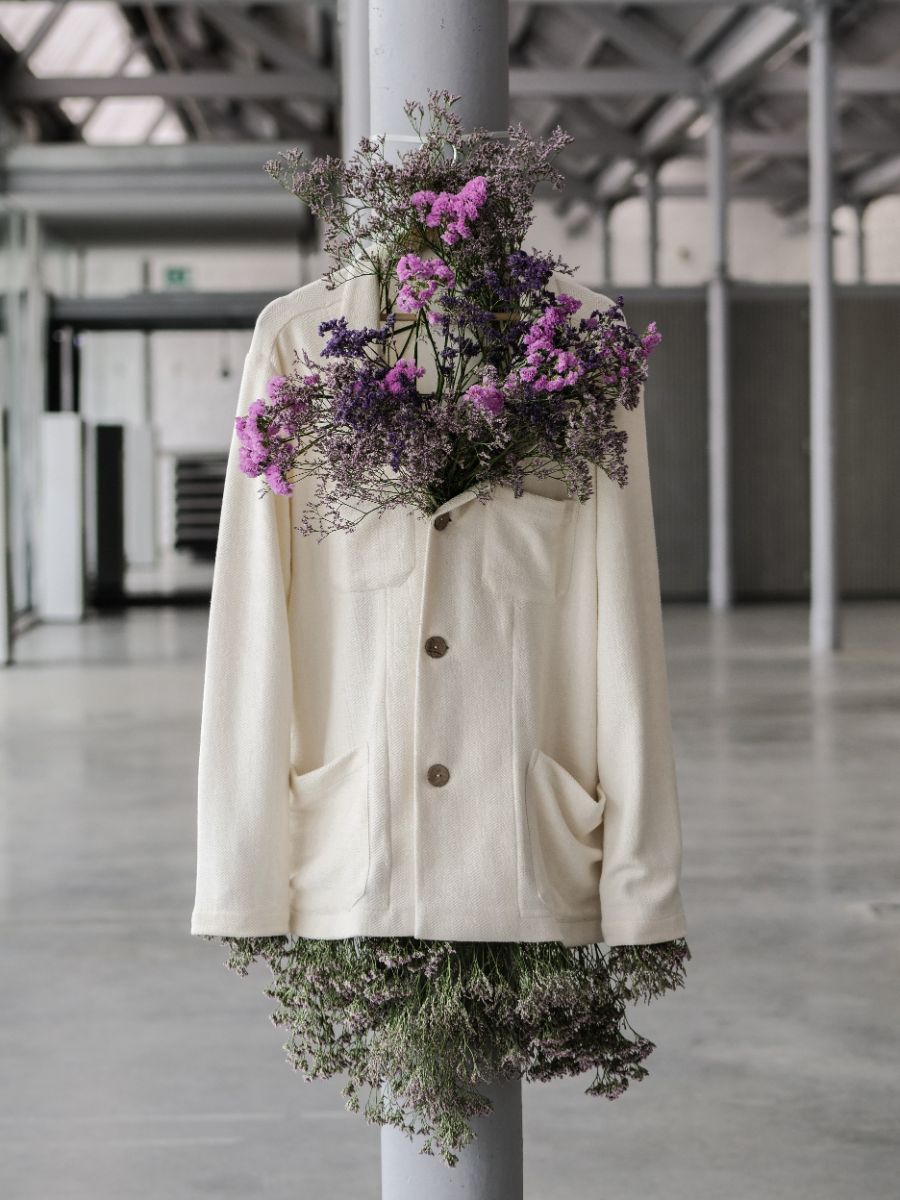As in all sectors, technology is revolutionizing the way companies in the textile sector operate – through data analysis, artificial intelligence, virtual technology and so on – resulting in simplified and efficient processes whose impact is impossible to ignore. Faced with this technological evolution, the sector is growing and with it the need to adapt to the new scenario of the Fashion industry.

Photography by Eva Wang
Textiles and fashion, which employ more than 430 million people and earn around 1.5 billion dollars worldwide, help satisfy one of the basic needs of human beings: covering the body. As one of the largest industries in the world, it is curious to see that the way it operates has not changed much in the last 20 years. This is partly because it is still easy to source low-cost labor in many countries and outsource any higher production costs. However, growing concerns about fair wages, sustainability, as well as the need to satisfy today's hyper-connected consumers, have paved the way for the emergence of new technologies. In fact, we live in the "instant age" of technology. Social media has changed the way fashion is consumed and has guided customers to want instant access to the latest trends as soon as they hit the catwalk. At the same time, younger generations, who want to stand out from the crowd, are looking for products that can be adjusted to their needs and preferences. Furthermore, 'mass-made' clothing - the well-known fast-fashion - seems to be gradually losing its charm.
As these trends become more evident, it makes less and less sense for companies and brands to continue producing large quantities of clothing, months in advance, without any certainty of sales volume. Brands that become more responsive to market needs will be the winners in this rapidly changing environment. Real life is increasingly interconnected with the digital world and everyone, from the factory to the retailer, must adopt the latest technologies to push the boundaries of manufacturing, production and marketing. From artificial intelligence to the boom in mobile commerce, 3D printing and digital fashion shows, the industry is changing. And we will never look back. The pandemic enhanced and accelerated the process. With borders closed, trips canceled and fairs postponed, there was a need to innovate and transform the presentation of products to designers and brands in the clothing and clothing industry.

World of Change, Trimalhas
As online penetration accelerates and consumers increasingly demand sophisticated digital interactions, fashion players must optimize the online experience and channel mix while finding persuasive ways to integrate a human touch.
We can expect four main changes in the future of Fashion, all clearly supported by technology. The first is the importance and use of data: in the past, consumers used everything designers created. Those days are coming to an end. Brands now use data to understand customer preferences, monitor their purchasing behavior and create products that meet their needs. The future of fashion will be data-driven: leveraging data on consumer trends, brands can create the pieces consumers are most likely to buy. The benefits of using data in industry are many and good: from only producing parts that consumers will actually use to reducing waste and connecting the right consumers with the parts they will like. Data also helps brands function more efficiently, giving them room to innovate and balance supply and demand.
The second change concerns sustainability. Slow fashion is increasingly popular and proof of this is that 88% of consumers want brands to help them be more environmentally friendly. Technologically innovative fabrics and methods are becoming increasingly common. The third change obviously involves digital. With more shoppers taking advantage of the wonders of online, brands need to keep up. Convenience and speed are privileged by everyone, even if it means not being able to experience something in person. The most successful fashion brands of the future will not only make their products available online, but will also create an immersive digital shopping experience

The future of Fashion will focus on customers and provide them with an innovative experience. Advances in immersive and mixed reality technologies present an opportunity for fashion brands to drive sustainable business, engage with audiences and stay relevant. “From virtual catwalks and digital clothing to the first digital supermodel, the immersive experience offers radically creative and disruptive opportunities that are rapidly shaping the future of fashion.

